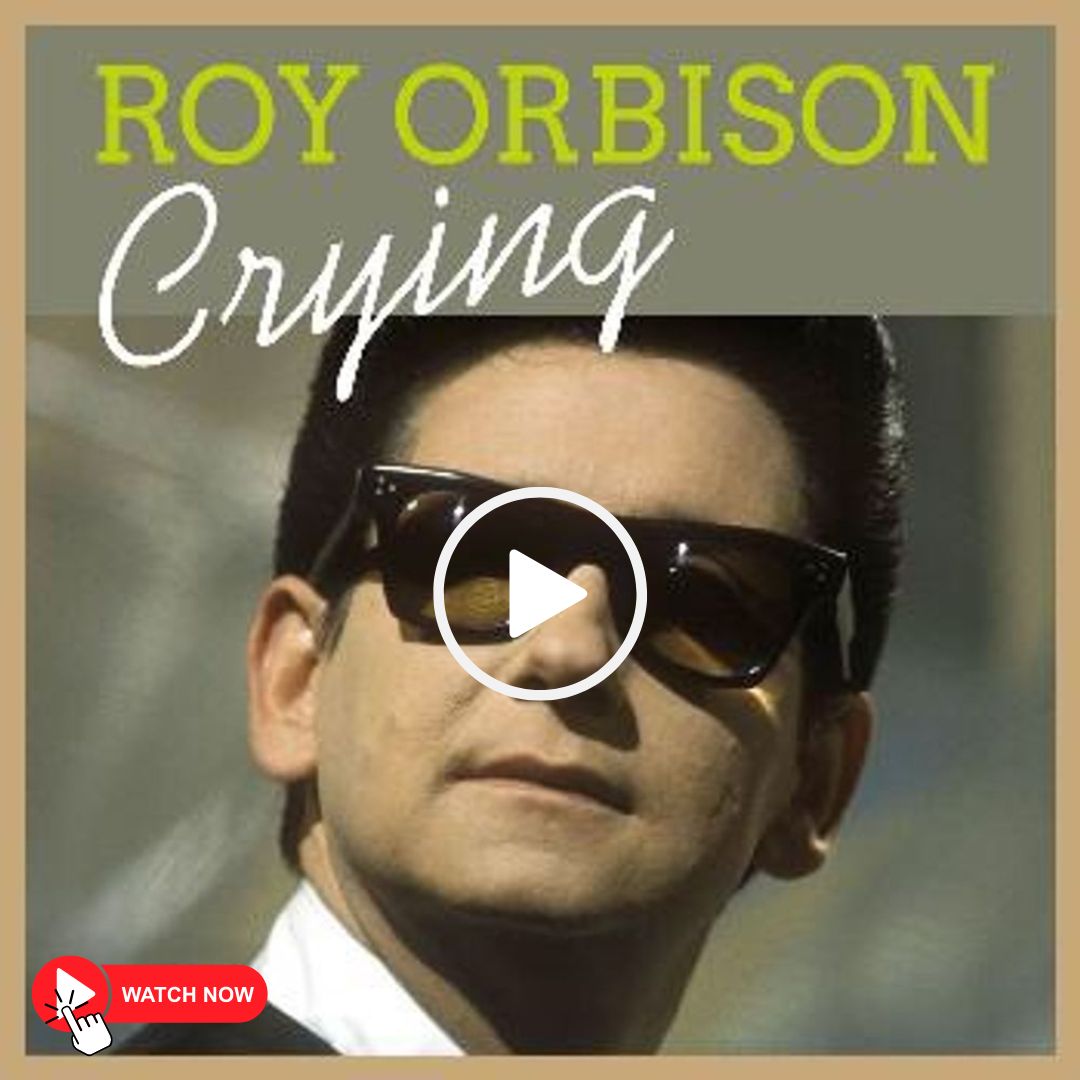Roy Orbison’s “Crying” is a magnum opus that stands as a testament to the singer’s vocal brilliance and emotional depth. Released in 1961, the song is a fusion of rock and roll and orchestral elements, showcasing Orbison’s unique ability to convey intense feelings through his music. The track’s ethereal opening strings set the stage for a dramatic narrative, and Orbison’s falsetto soars above the arrangement, creating a mesmerizing sonic experience.
The song’s timeless appeal lies in its ability to evoke a visceral response from listeners. Orbison’s vocal range, coupled with the poignant orchestration, creates a cinematic atmosphere that transcends genres. “Crying” became a chart-topping success and solidified Orbison’s reputation as one of the greatest voices in the history of popular music.
MEANING BEHIND
“Crying” delves into the theme of heartbreak and unrequited love with a raw and emotional intensity. The lyrics paint a vivid picture of a person grappling with the pain of lost love and the heart-wrenching experience of watching a former partner move on. Orbison’s expressive delivery captures the vulnerability of the human soul in the face of romantic despair.
The signature moment of the song is Orbison’s heart-wrenching cry, a vocal technique that became his trademark. This cry, filled with genuine emotion, epitomizes the anguish and longing expressed in the lyrics. The song resonates with anyone who has experienced the deep ache of unfulfilled love, making it a universal anthem for those navigating the complexities of the heart.
“Crying” not only showcases Orbison’s vocal prowess but also his ability to infuse a song with emotional depth and authenticity. It remains a timeless classic that continues to connect with audiences across generations, a testament to the enduring power of music to capture and express the complexities of human emotion.
